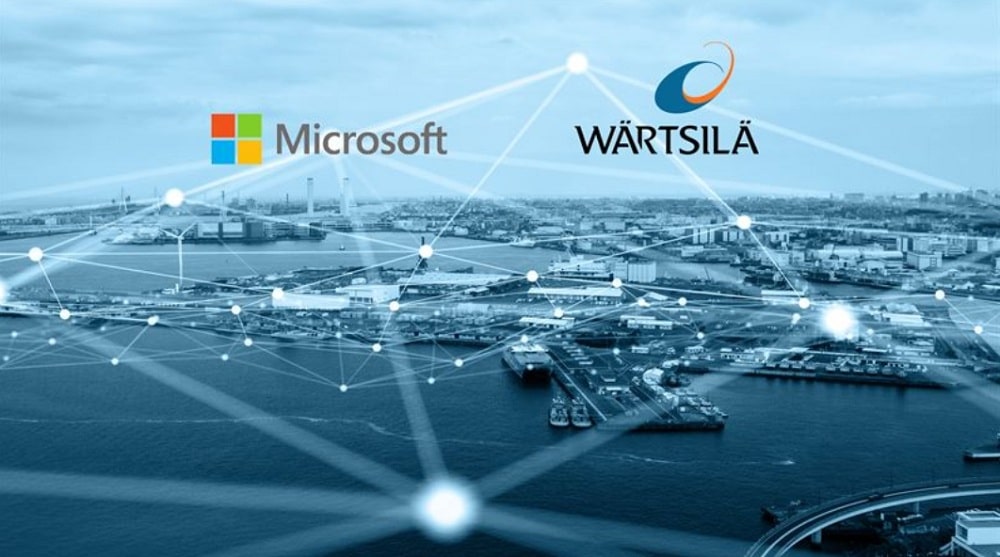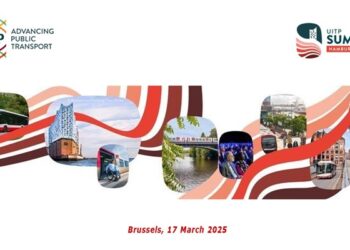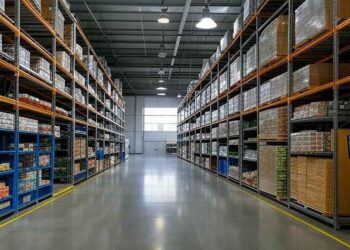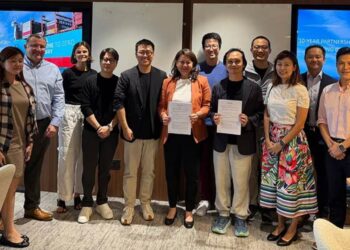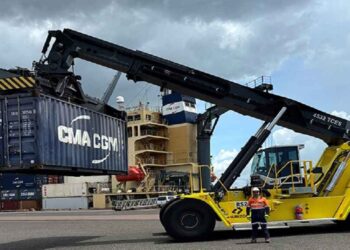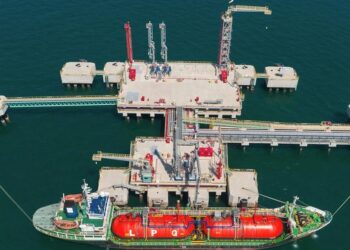Wärtsilä Voyage has entered into a strategic partnership with Microsoft. Wärtsilä Voyage is a market leader in maritime end-to-end onboard solutions with decades of experience and expertise in high-end marine Internet of Things (IoT) offerings. Now, through an integration with Microsoft Azure IoT Edge, the company plans to accelerate its efforts towards industrialising IoT for shipping through a highly scalable cyber-secure platform. The Wärtsilä platform will help the company and its partners deploy digital solutions to the market faster and more easily.
This collaboration signals Wärtsilä Voyage’s strong focus and commitment towards the deployment of streamlined Intelligent Edge technology, an essential enabler to meet the industry’s decarbonisation targets as well as large-scale application of autonomous technology.
“The maritime world is entering the digital era where mutualising our investments into common platforms and standards are a prerequisite to successful innovations for a more sustainable and efficient maritime industry,” said Sean Fernback, President, Wärtsilä Voyage and Executive Vice President, Wärtsilä. “The Wärtsilä common platform will act as an enabler to deploy future technology for autonomy and emissions reduction. We want to focus our efforts on those fields with commonly shared standards that give vessels easier access to innovative solutions,” added Fernback.
Wärtsilä Voyage will also focus on strategic themes spanning industrial remote operation capabilities, state-of-the-art cybersecurity with active monitoring, runtime, and commonly shared data standards to ease collaboration between maritime stakeholders.
“The same way smartphone and some automobile manufacturers are able to update, deploy new features, and improve their systems remotely, the new generation of digital ships needs to constantly adapt, update to keep up with their evolving ecosystems while staying cyber secure at all times,” said Pierre Guillemin, Vice President, Technology, Wärtsilä Voyage.
Through its secured-by-design remote operation capabilities, the Wärtsilä platform will enable immediate access to the latest solutions onboard. Asset commissioning, diagnostic, updates, and upgrades will be performed remotely — streamlining maintenance, speeding up deployment, and increasing vessel uptime.
Wärtsilä Voyage will also integrate several Microsoft Security and IoT solutions to strengthen the platform with monitoring, security updates and asset management services.
“Wärtsilä Voyage is innovating with solutions that reduce carbon emissions and enhance autonomous shipping. Its vision of the secure and connected vessel will be anchored by Microsoft IoT Edge and Security solutions. We look forward to help drive this significant step in the industry’s transformation,” said Ralph Haupter, President of Microsoft EMEA.
With this, Wärtsilä Voyage will accelerate its efforts towards building an open development environment with standardised data formats and APIs that reduce fragmentation, integrate systems to reduce the complexity of digital services lifecycle, and have multi-layered cybersecurity built into every smart ship and maritime ecosystem solution.
“There is a need to reinforce and scale what has already been developed in specific segments of the industry, for instance, in the cruise business where sensor systems are already widely integrated. Our 15 years of experience in this segment puts us in an ideal position to lead this effort,” said Guillemin.
Building on Wärtsilä Voyage’s existing IoT experience, the collaboration will further help unlock autonomous capabilities.
“Digital systems essential for vessel autonomy, such as extending existing sensor technologies, require a paradigm shift in processing power and integration to enable the next generation of autonomous vessel systems,” explained Guillemin. “Wärtsilä Voyage’s long experience in machine learning, for instance, gained through the development of vessel optimization systems and flagship autonomous projects such as Intellitug, help us in scaling integration capabilities across the maritime industry.”




















